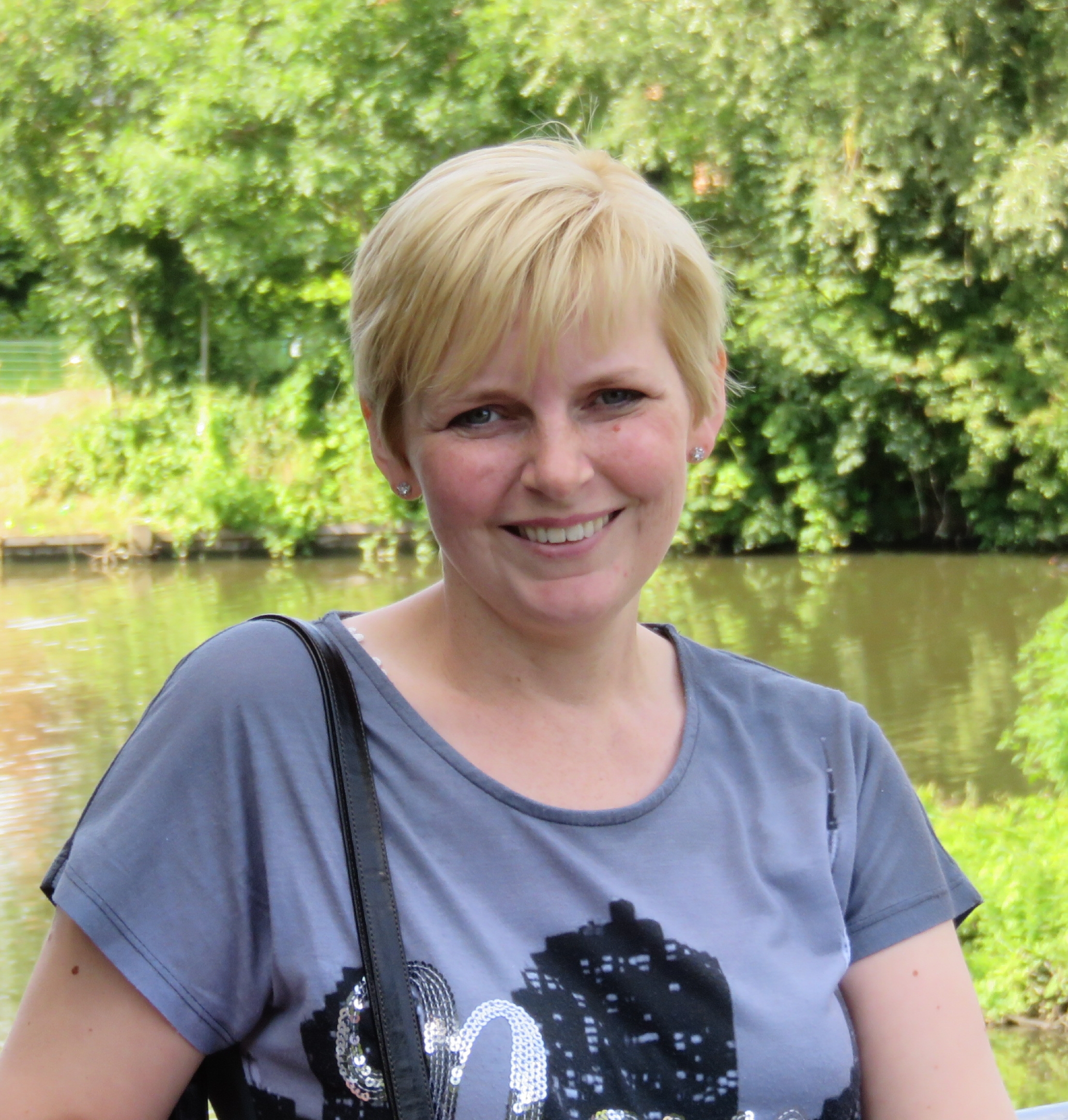Be Mindful With The Owl
- Melanie Appleyard

- Dec 10, 2018
- 4 min read
Updated: Nov 3, 2022

Be Mindful
Owls fly around at night, unafraid of the dark and the unknown. They are alert to opportunities and trust their own intuition, senses and judgement to seek them out. To do this they need to be fully present.
Owls, like many animals, are constantly in the moment and fully aware of every sound, sight, movement and sensation around them, which they use to guide their flight.
The lesson we can take from this is to learn to be present and live more in the moment. By paying more attention to what is happening at any given moment, we can learn to recognize how our body responds to that event. This can therefore guide us in our decision making.
How Can You Learn To Be More Mindful?
One way to learn how to become present is by practicing Mindfulness. Mindfulness is the art of being in the present moment, focusing on what you are doing and sensing at any given time. By giving something your full attention you can get so much more out of that experience. If you are busy thinking about the past or the future you are not fully experiencing and appreciating your life as it is. Therefore, if you don’t pay any attention to your body and your emotions you won’t learn to recognize if something feels right or wrong, nor will you find creative and insightful ways to solve problems.
Mindfulness can also help to calm and ground you and help you to move your focus away from what other people believe, which can distract you from your own path and create tension. Research has shown that practicing Mindful Meditations can have a long term positive effect on your mental and emotional well-being and it can help you access your own inner wisdom.
What Evidence Is There To Show That Mindfulness Helps?
Whilst following a group of nursing students who had enrolled on an 8 week mindfulness course, combined with guided meditations, Beddoe and Murphy (2004) noted a reduction in anxiety, improved coping skills and increased empathy in the students. Birnbaum (2005) likewise suggested that mindfulness also helped to decrease the likelihood of people taking on the negative emotions of others.
Birnbaum (2005) investigated the impact that Mindful meditations had on Social Work students in helping them to access their inner guidance. She associated this with addressing the spiritual needs of the students. She found that:
“Integrating spirituality into students’ training is like helping to bring up an internal trainer: we have often discovered that the trainer was already there, and permission simply had to be given.”
Ostafin, B.D & Kassman, K. T (2012) explored this a little more deeply to identify which areas of problem-solving mindfulness can help with. Their findings revealed that mindfulness helps with creativity and is therefore more effective in solving insight problems, in which no amount of experience or prior knowledge can help solve.
What Can You Learn From The Owl?
The Owl demonstrates, along with this research, that being fully present and aware of your surroundings and instincts can help to steer you on the right path. Mindfulness and Mindful meditations can provide clarity, reduce the impact of the influence of others on your decision-making and subsequently support you in following your own path. The message we can take from the Owl is therefore to:
Use your inner wisdom – your intuition/inner guidance and don’t be deterred by distractions in the form of people who don’t share your beliefs, interests, motivations or purpose. You alone know what this is. Allowing yourself time to access your inner guidance will help. Meditate and be mindful of what you are doing, what is happening around you and how you feel about it. All the answers you need are within.
Quick Tip!
There are many videos, books and CDs, which can teach mindfulness, many of which can be found online.
One quick way of using mindfulness to refocus your attention and help yourself calm down when stressed or upset is to pick up an object from close by and really focus on it. Notice what it looks like, what it feels like, is it warm or cold? how do you feel about that object – does it feel nice to touch, is it too cold etc? Notice how your body and thoughts respond to it.
If you enjoyed this post, make sure you don’t miss out on future blogs by signing up here to receive my newsletter and have them sent straight to your inbox.
References
Ostafin, D& Kassman K.T. (2012) Stepping out of history: Mindfulness improves insight problem solving. Consciousness and Cognition 21 (2012) 1031–1036. Elsevier.
Beddoe, A. E., & Murphy, S. O. (2004). Does mindfulness decrease stress and foster empathy among nursing students? Journal of Nursing Education, 43(7), 305-312.
Birnnbaum L (2005) Connecting to Inner Guidance: Mindfulness Meditation and Transformation of Professional Self-Concept in Social Work Students. Critical Social Work, 2005, Vol 6, No.2
Why not start building great habits for happiness in your routine now and help your family do the same. Family Habits For Happiness is a 5 day mini-course, which introduces you to different strategies to help you calm the mind and manage big emotions, including relaxation exercises, mindfulness and short, simple meditations that can be done regularly by adults and children. There are also webinars, which explain the benefits of meditation and mindfulness for children and how you can help them to learn to meditate. Get it now for just £29.00
.png)




Comments